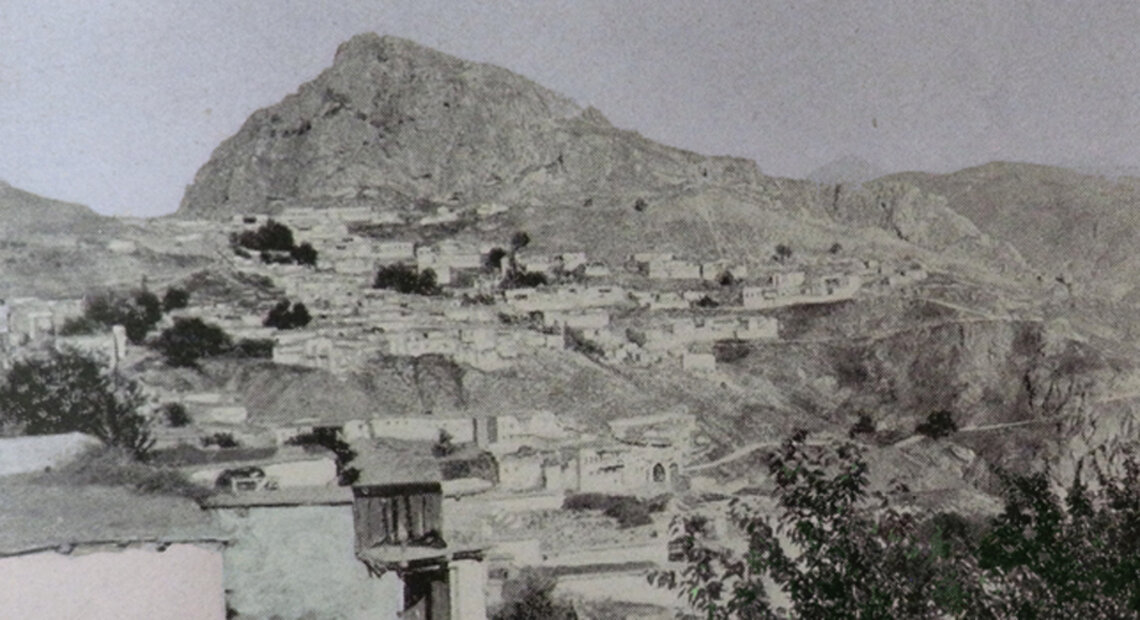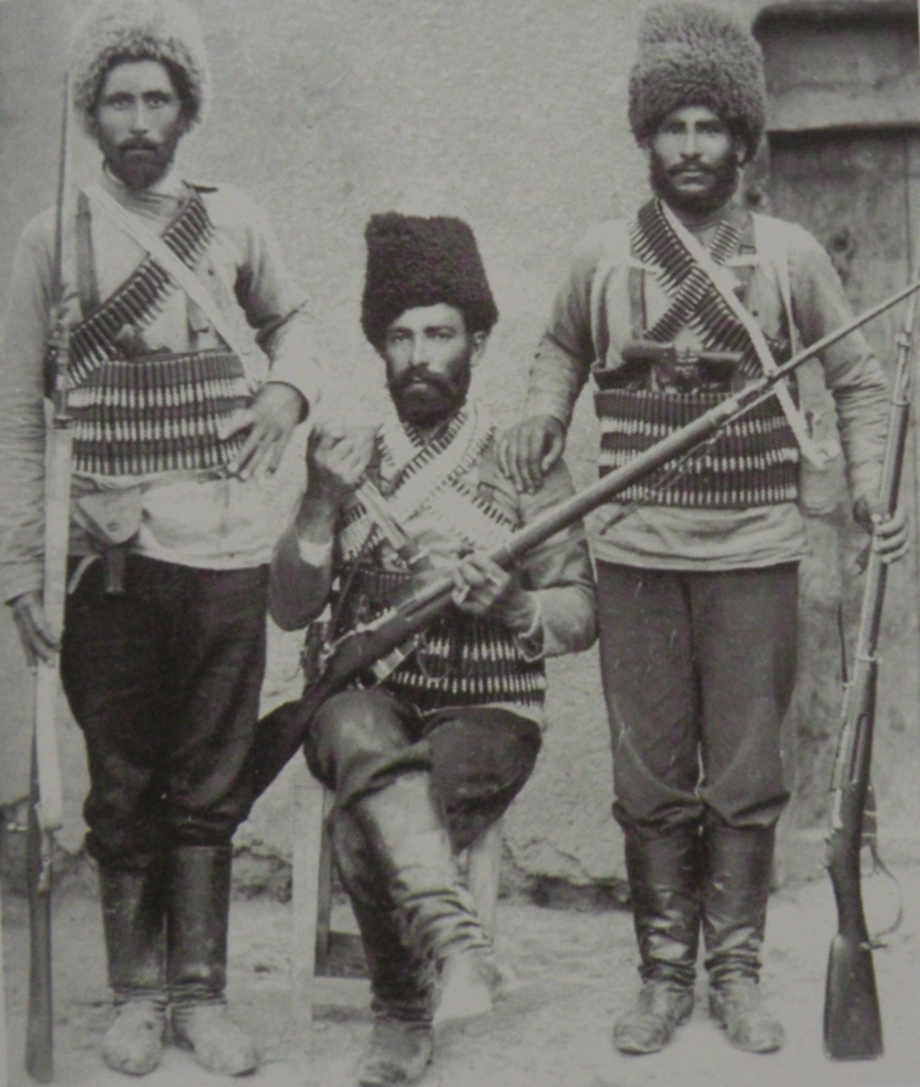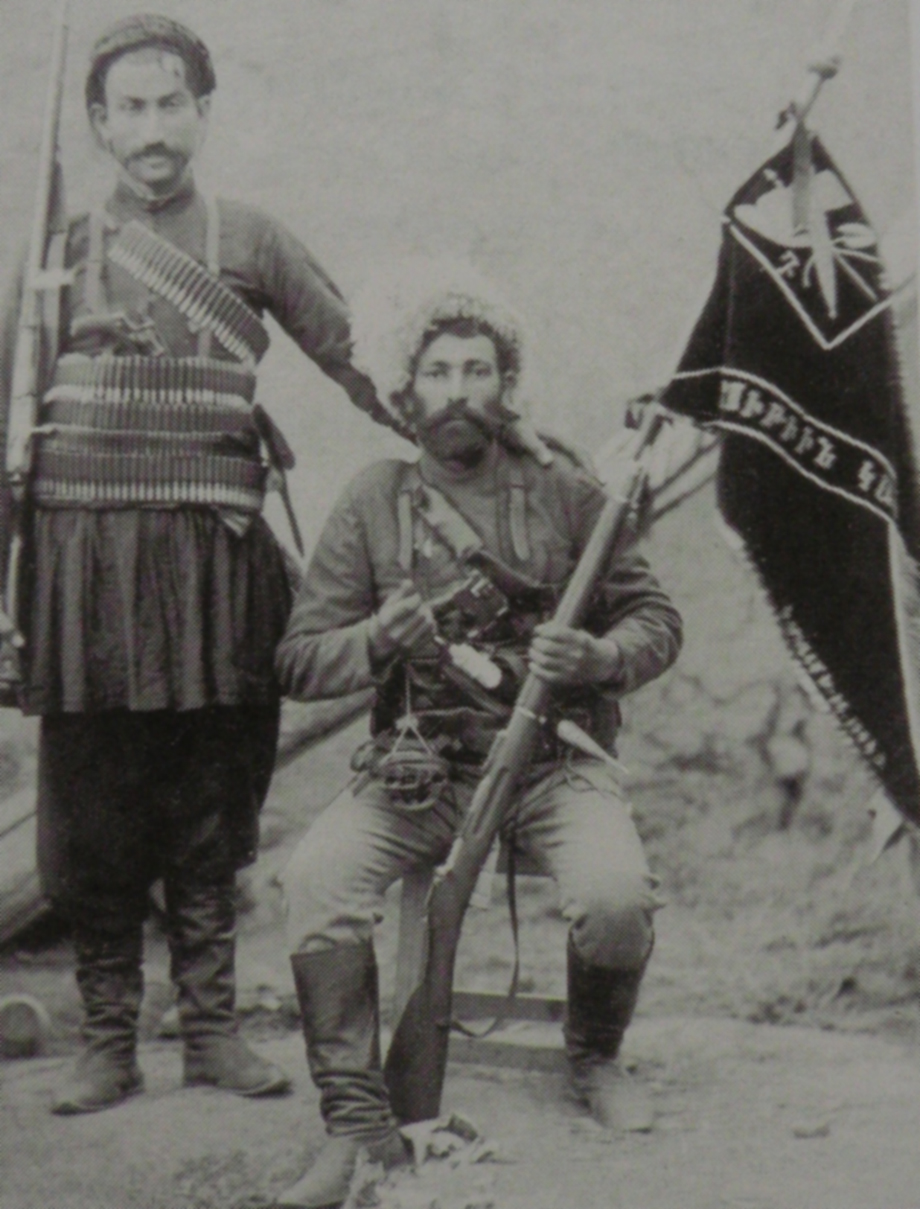Palu - Political parties

PALU (town)
The beginning of Armenian political activity in Palu town and the villages of the district is closely linked to Istanbul, where many provincial migrants lived. We know, for example, that as early as 1899 many of the members of the underground groups of the Hnchag political organisation in the Ottoman capital are migrants from Palu, who have also played an important role in the Bab-ı ali demonstration against Sultan Abdulhamid II’s rule. [1] The Ottoman authorities have used force to oppose the demonstration, killing and arresting many demonstrators, some of whom have been made to return to the towns and villages they originate from. Some of the latter are migrants from Palu, who, it is thought, have important roles in the creation of underground political organisations in their places of origin. [2] One of the members of the first group of Hnchag activists is Azarig Koloyian, from the village of Tset in the district of Palu and is a teacher in various schools there.
Another well-known Hnchag activist in the area is Bedros Varjabedian (Bedre). He was born in 1870 in Sakrat village. After completing his education in the village school, he goes to Instanbul to receive higher education. It is here that he joins the Hnchagian party, takes part in the Bab-ı ali demonstration, then goes to the United States. We find him in his ancestral village in 1906, where he continues his underground political activity. Krikor Yeremian from Kharagedan (Kharagerig ?) village in Palu district is another Hnchag activist. [3]
After the proclamation of the constitution in 1908, the Armenian Revolutionary Federation (ARF) has its own club in the town. Various activists have passed through it, among who are Roupen Zartarian and Dikran Bonapartian (from Harput), Garo or Kiaffir Hemzo (from Mush) and Parsegh Shahbaz (from Diyarbekir). [4]
HAVAV
The first Armenian union is formed in Havav in 1885, called the ‘National Association’. Its founder is Hampartsum Garian, who had lived in Istanbul for a time. The other founding members are Rev Toros, the teacher Ohan, Vosgian, ‘Katch’ Vartan Boyadjian and Sarkis Maligian. One of the aims of the Association is to take over the defence of the village against the beys’ violence in a more organised way. At this time the National Association forges links with Armenian organisations in Van, with young men going to Van from Havav and getting to know the atmosphere of the national awakening. [5] Another source tells us that in these years another union named ‘Haigazian’ exists, carrying out exactly the same activities as those of the National Association. The members of the two groups in Havav are often the same people, leading us to think that possibly the groups are one and the same, simply being given different names in different sources. [6]
From the beginning of the 1890s it becomes obvious that Havav is always under the authorities surveillance. They are continually concerned that such a large Armenian village may become a forge for Armenian revolutionaries. The village is often searched by Ottoman soldiers using the excuse of searches for arms. The concern felt by the Ottoman authorities grows more serious when it found that the Bab-ı ali demonstration organised in 1895 in Istanbul was also attended by emigrants from Havav. The demonstration in Istanbul is crushed by force and many demonstrators are killed. Seven people from Havav were among the dead. Then a high-ranking Ottoman military man with several soldiers arrives in the village and settle themselves in the rooms of the village school. In these circumstances the school’s directors, instead of reciting ‘Our Father’ every morning, are forced to have the students sing ‘Çok yaşa Sultan Hamid’. [7]
It is said too that the Havav Armenians have taken the initiative of writing a petition to the Sublime Porte, in which they express favourable comments about government reforms and the improvement in the social and economic situation in Palu. It is interesting that on this occasion notables from the neighbouring Kurdish villages of Kürum and Gadisan are also invited join in, who also sign the petition. Then the document is entrusted to a person from Havav who is to take it personally to Erzurum. The local authorities are well aware of this initiative; they hold the Havav messenger on his journey and also arrest all the Armenian signatories, taking them to Keghi prison. [8]
Even after the 1895 massacre, it is common to have personal weapons in Havav. [9] In these times the village is in such a situation that thefts of harvested produce is a common event. We think, therefore, that the local authorities have tolerated the existence of personal weapons for a long time.
The first ARF group is formed by Giragos Papazian, who has returned from the United States after the proclamation of the constitution and is from Havav. The first Dashnaks are Dikran Papazian, H. Papazian, L. Papazian, Garabed Gadarian, B. Bkhian and O. Boayadjian. The leading roles are taken by Tovmas Djelalian, Vahan Papazian, Harutiun Mergian and Boghos Tsakhsurian. [10] A Hnchag group is formed in the same period. A Reformed Hnchag branch is formed in Havav after 1909. [11]
The Dashnak fedayi leader Kail Vhan (Minas Dolbashian) is also from Havav. He first joins the Hnchag party in Istanbul. He then goes to Providence (USA) where many migrants from Palu live. Here he joins the ARF. We find him in the Caucasus in 1902, where he is occupied with the work of infiltrating Dashnak fedayi groups into the Ottoman Empire.
In 1904 he leads the 60-strong group of fedayis named ‘Masis’, entering the territory of the Ottoman Empire, where he leads the assault on the guardpost located near the village of Mosun, during which he is killed. [12]
According to Tsakhsurian, in the post-constitution years the Dashnak strength in Havav was counted as 70 members, the Hnchags 25-30 and the Reformed Hnchags 35-45. [13]
BAGHIN
In the autumn of 1908 (after the proclamation of the constitution) the Dashnak activist Parsegh Shahbaz visits Baghin. The first Dashnak group is formed in the village during this visit. It is also during these times that many migrants from Baghin begin to return to the village from the United States, who are already members of various Armenian organisations. The Hnchags also form their first group in Baghin. In these years the village political groups are occupied in obtaining arms. The trade in animal fat, for which the village and its people are famous, is a very good cloak for this activity. Young members of the political groups begin to join the caravans taking the fats to the markets in nearby towns, buy arms from the Harput area then, loading them on mules, return with the same caravans to Baghin. [14]
OTHER VILLAGES
In the period after the proclamation of the constitution, Hnchag activity is notable especially in the villages of Khoshmat and Segham. A Hnchag drama group is formed in the latter (under the leadership of Hagop Donigian) that presents Hmayag Aramiantz’s (Shvod’s) [15] play ‘Heroic Acts’. [16]
- [1] Gidour (editor), History of the Social-Democrat Hnchagian political party, 1887-1963 (in Armenian), vol 2, Published by Shirag, Beirut, 1963, page 419-420.
- [2] Ibid., page 420.
- [3] Ibid., page 420-421.
- [4] Mesrob Grayian, Palu : scenes from life in Palu, memoirs, poetry and prose (in Armenian), published by the Catholicossate of Cilicia, 1965, Antilias, page 408.
- [5] Dikran S. Papazian, History of the village of Havav of Palu (in Armenian), Published by Mshag, Beirut, 1960, pages 32, 36, 216-217.
- [6] Harutiun Tsakhsurian, History of the vally of Palu from ancient times until our days (in Armenian), published by Donigian, Beirut 1974, page 390-391.
- [7] Papazian, op. cit., page 38-39.
- [8] Ibid., page 39-40.
- [9] Ibid., page 57.
- [10] Tsakhsurian, op. cit., page 420.
- [11] Papazian, op. cit., page 73-74.
- [12] Hrach Dasnabedian, The Armenian Revolutuionary Federation from its formation until the 10th General Assembly (1890-1924), ‘Troshag’ Press, 1988, Athens, page 207.
- [13] Tsakhsurian, op. cit., page 420.
- [14] History of Baghin (in Armenian), publication of the Baghin Reconstruction and Study Union Printed by ‘Hairenik’, Boston, 1966, page 121-123.
- [15] Aramiantz works with the Ottoman secret police in 1915, and betrays his political comrades.
- [16] A. Gidour, op. cit., page 426-427.


